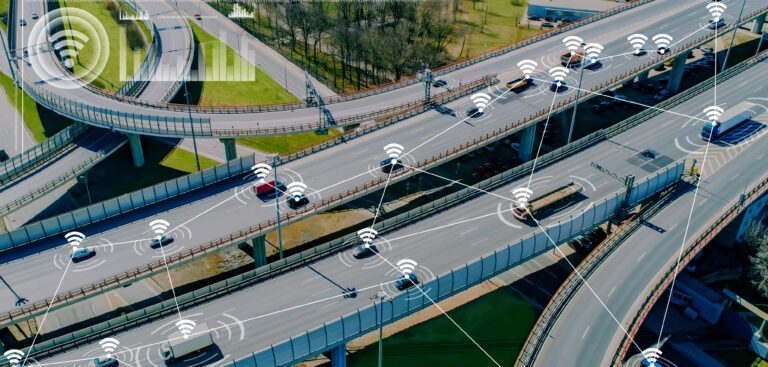Spirent Communications and dSpace have formed a technology partnership to enhance the realism of real-time positioning scenarios for autonomous driving hardware-in-the-loop test systems (AD-HIL). The collaboration builds on years of cooperation between the two companies.
By integrating the Spirent GSS7000 high-fidelity global navigation satellite systems (GNSS) simulator with the dSpace AD-HIL, the partners aim to provide a comprehensive solution for validating vehicle behavior in critical scenarios using authentic satellite signals. The companies say they hope that unified tooling from a single source will optimize performance assurance, ensure continuity and expedite development timelines.
As driving automation levels increase, particularly for SAE levels of driving automation at or beyond Level 3, the precision and latency of GNSS-enabled systems become crucial. The GSS7000 simulator, coupled with dSpace’s AD-HIL, acts as an additional sensor to validate driver assistance algorithms and plays an important role in the digital homologation process.
The companies claim that this enables the validation of security-related functional tests for highly autonomous platforms, including scenarios involving jamming and spoofing. The integration of Spirent’s SimHIL software interface aims to deliver optimal system performance.
Dr Herbert Schuette, executive vice president at dSpace, explained, “By seamlessly integrating Spirent’s high-resolution GNSS simulators into the dSpace test solutions, we enable our customers to achieve comprehensive validation of autonomous driving applications, increasing safety and precision through integration of positioning data.”
Adam Price, Spirent’s vice president of PNT simulation, added, “Our complementary portfolios are focused on quality, accuracy and reliability, and together they provide compelling solutions to ensure that the next generation of connected and autonomous vehicles will be tested to the level of efficiency and safety that the industry demands.”
For more on ADAS and CAVs, please click here.


